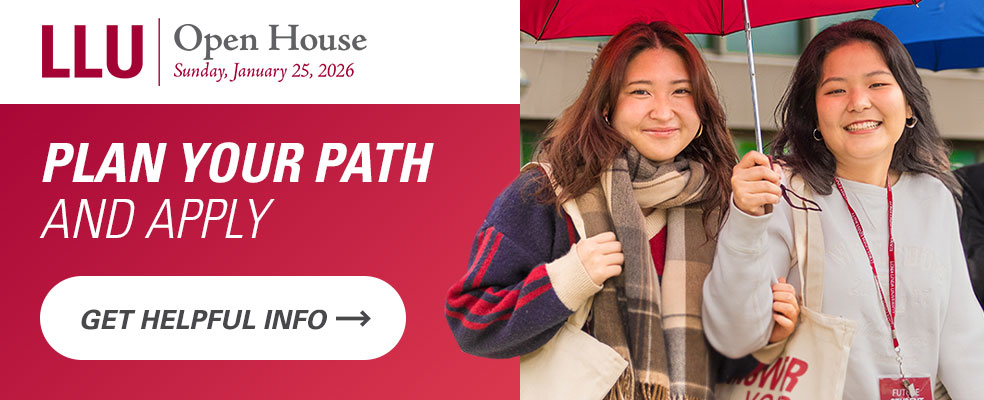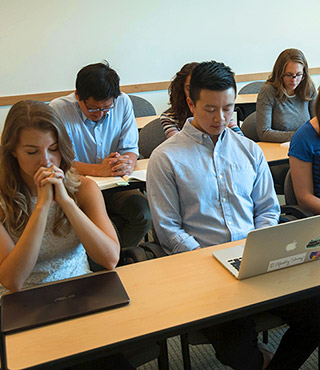Program Description
Physical therapists help restore function, improve mobility, relieve pain, and prevent or limit permanent physical disabilities of patients suffering from injuries or disease. They restore, maintain, and promote overall fitness and health. Their patients include accident victims and individuals with disabling conditions, such as low back pain, arthritis, heart disease, fractures, head injuries, and cerebral palsy. Therapists test and measure strength, range of motion, balance and coordination, posture, muscle performance, respiration, and motor function. Therapists use electrical stimulation, hot packs or cold compresses, and ultrasound to relieve pain and reduce swelling. They may also use traction or deep-tissue massage to relieve pain. Therapists teach patients to use assistive and adaptive devices such as crutches, prostheses, and wheelchairs. Specialty areas include pediatrics, geriatrics, orthopedics, sports medicine, and neurology.The "Post-professional" DPT is intended for practicing clinicians and typically offers a didactic and, in some cases, a clinical augmentation that is deemed necessary to meet current and future expectations for physical therapy practice.
Program format:
The program is offered in a Tuesday and Thursday evening format from 5:00 to 10:20 p.m. This evening format enables practicing clinicians to continue employment while pursuing their advanced degree.
Program Length
11 monthsPossible Careers
Physical TherapistApplication Deadlines
| Quarter | Application Open | Priority Deadline | Final Deadline |
|---|---|---|---|
| Autumn of 2026 | Jun 1, 2025 | — | Apr 1, 2026 |
Admissions Requirements
All candidates trained in the United States must have graduated from a CAPTE-accredited physical therapy program and are expected to have completed a minimum of 30 quarter units beyond the bachelor's level prior to beginning the program. The typical applicant has earned a master of physical therapy degree (MPT).
If you are an International student you must be eligible for licensure in your country of training, as applicable. There is no GRE requirement for the program; however TOEFL is required if you are an international student that English is a second language.
Prerequisites
There are no specific courses required for this degree. Please refer to the Admissions Requirements.Discipline Accrediting Agency
Loma Linda University is regionally accredited by Western Association of Schools and Colleges (WASC) Accrediting Commission for Senior Colleges and Universities.Expected Cost of Attendance
The following estimated cost of attendance is based on full-time attendance for the number of months enrolled per academic year. Estimated amounts may vary based on a number of factors. Students may use these estimates when applying for financial aid.
Required Program Costs
Academic Year 2026-2027
| Year of Program Months Enrolled |
Year 1 9 |
Year 2 3 |
|---|---|---|
| Tuition & Fees | $28,100 | $8,200 |
|
Books, Materials, Supplies & Equipment Allowance (May or may not be purchased through the school) |
$250 | 0 |
Other Educational Costs
Non-required costs that can be funded with scholarships/loans.
Notes
The cost of attendance varies from year to year. Please contact the office of Student Finance for up-to-date costs- Estimated amounts are for the academic year specified only. Amounts are based on full-time attendance for the number of months enrolled per academic year. International students need to calculate 12 months of living expenses based on these amounts.
- Amounts are expected to increase each year consistent with inflation in the professional education sector.
- To qualify for financial aid, most students must be enrolled at least half time in an aid eligible program and be taking degree requirements. Half time is 6 units in a quarter for undergraduate programs and 4 units in a quarter for graduate programs.





